Sebastien Dejanovski is a well-known and respected personality in the real-estate business. He enjoys working with people, his role in Mint Investments encompasses new acquisitions, his ability to grasp the initial vision for a project, his accurate analyses of opportunities and risks and the keen eye for detail that he brings to every project he is involved in. In this interview, he speaks candidly about his strengths, his experiences in the world of development and what he enjoys most about his projects.
What brought you from France to Prague?
I came to Prague on a six-month study visit while I was at university. I had family here doing business in retail. At that time, I still didn’t have a clear plan for my career but I decided to stay in Prague because I felt that this part of Europe had a lot of potential and that it was at the start of a new economic boom.
What was it like starting out in business? When did the real estate business catch your eye?
In 1996, I had a chance meeting with some rich Italian real-estate investors who were fascinated by the historic part of Prague. That was during the first wave of foreign investment in the Czech Republic and they were investing a relatively large amount of money for the time. I saw an opportunity there because real estate fascinated me.
You have worked in big international corporations – in GE Real Estate, which in its time was a world leader in real estate investment and in the international AFI GROUP. What was the main benefit you got from that experience?
What I learned from these investors was the importance and necessity of understanding how big business and large investment companies work. I felt that I needed experience of the corporate environment and I treated it like a school. There was no better way to gain experience than to work for big international firms. I learned to understand their culture, to “sense” risk and to manage that risk. I was also interested in the differences in the way these companies approached projects where they saw opportunities and projects where they saw risks. That was when things really started for me. Because without that experience of working for a large firm, you could have a lot of ideas and a lot of enthusiasm, but you would still be naive. And it is important not to stay naive for too long. It was a great experience that taught me a lot.
Based on this experience and your values, you and your four partners then founded Mint Investments. What are the main principles guiding its functioning today?
All of us partners have similar backgrounds and rich experience of the corporate world, where we previously held senior positions. We saw the good sides of corporations, but we also knew what we didn’t want anymore. We wanted to focus on our work and not on what to wear. In the community, we are famous for hardly ever wearing suits. We know that people do their best work when they are comfortable. It might seem like a small detail, but it is a thought that affects everything we do. We concentrate on ensuring that we have thoroughly analysed and fully understood risk, and because we are a small company, we are able to quickly find solutions to these risks and problems to obtain the maximum possible return at a given risk level.
What do you see as Mint Investments’ greatest strengths? What are they based on?
At Mint, we are aware that we are one of the best companies in our market. Whether dealing with the development of office buildings or their management, or shopping centres, or, as now, also residence projects. Our experience, healthy self-confidence and respect for everyone in the firm enables us to take decisions at any project stage. We also approach every new project with humility. Every project is a new hope, with its own set of challenges, and the times change quickly. In the firm, we try to learn new things and keep ourselves open to new trends and everything that happens in the world, because real estate is tied up with such trends. We always try to grasp them on the theoretical level and then put our knowledge into practice.
Can you tell us what a typical day is like for a developer?
I get up early and take my child to school, so I am usually in the office around 08:00. I like to have about an hour and half for myself when I arrive, for planning and strategic thinking. My duties at Mint relate to new acquisitions and development. Recently, for example, we agreed to purchase a large office project in Prague for over 90 million euros. Identifying investment opportunities at an early stage and then negotiating their acquisition are my main activities within our company. When it comes to development projects, I think about the challenges, the way we are going, how to put together a team so that we can meet deadlines, and the overall development of the project. So, the early morning is a time for strategic planning and closer to lunchtime I have meetings with my partners. Then, from half past twelve, there are more meetings, sometimes in the office and sometimes elsewhere, either with our team or with outside people.
All five leaders of Mint Investments are strong personalities with their own opinions. How do you manage to reach agreements with each other?
For each project, there will always be one of us who is the main leader, but when a decision needs to be taken, we consider everything together. The opinion of every managing partner is important. Of course, we always have to reach a compromise. There is no dictator among us who bangs his fist on the table and says, “It’s going to be like this!” We sit down together in one of the offices and we have a good habit that when something goes well, we praise each other and say how good we are. It works like group therapy J
Real estate development is a fascinating process – can you tell us which part of the process you enjoy the most?
I truly enjoy the whole process. Some parts are more difficult, while other parts are simpler. Collecting all the permits is the most stressful part, which I understandably don’t enjoy quite as much, but in the end, it is all part of the process. You can’t pick off just the beginning or just the end. You have to like the whole process. Naturally, each of the partners in Mint has qualities that are best suited to different parts of the process. I have strong empathy and I know how to get on with people and understand them – those are my strengths. I am good in the early phases because I know where to look for opportunities. I can see the big picture, what we can do with a project. I know how to evaluate it and complete the acquisition. It’s also very interesting to spend time with architects when we are trying to find the best possible project for a given site. After that comes the implementation phase, which is where we are now with Metropolis, where we have completed negotiations with the construction firm. This means we can mostly treat it as fun from here on. At this stage, most of the work on the project is being done by our internal technical team, who oversee construction, our internal investment team, who report to the bank, the construction firm’s team, the team from Arcadis who are responsible for supervising construction and the real estate agents from HERRYS, who are responsible for sales. In other words, a building project is a bit like bringing up a child – as a parent, you are most active at the beginning, and when the child is 18, you still need to be close to them and keep an eye on things, but you are less active. These development projects are really a lot like that, because the beginning can be as much of a struggle as a birth and later you are happy as you watch it grow.
You were talking about Metropolis just now. What was your vision for it? What is your favourite thing about this project?
Something I am very proud of in the Metropolis project is that we haven’t cut corners with the architecture or the technical standards. It’s important to us that the finished work will meet our expectations for quality. The building is not only architecturally iconic. The inside receives as much attention to detail as the outside. We thought not only about the external appearance and the colours, but also about the inside – the number of apartments and the quality standard. For example, the managed ventilation and heating will be extremely comfortable. There will be a reception desk and delivery boxes. Throughout the project, we considered new technologies, comfortable parking and electric cars. We wanted to make a great place for younger people to live, but also older people living an active life.
So, it’s attractive architecture that provides the best possible living conditions.
That’s what it's all about. In a lot of projects, the developer starts out with the goal of building that looks beautiful. They ask the architect to design them a beautiful building, but the resulting design might be impossible to live in. Most projects like that never get off the drawing board. What we do is draw up detailed specifications even before the first drawings are made. We lay down very precise requirements for the dimensions and layout of apartments for our given target group. We also set requirements for how the common areas should look and the standards they should meet to reflect the needs and expectations of the future users. It is important for a building not just to look good from the outside but also to function as a system. It must be a “cool trade” for everyone involved – neighbours, investors, developers, banks, the buyers, the real estate agents – everything needs to work for everyone.
Everything should work for everyone – that is a very nice thought. How will the Metropolis building be connected to the city and life in the surrounding area?
We have tried to make the project fit in naturally with its surroundings, with the flows of cars and people, and we want it to make sense both for its users and for passers-by and visitors to the city centre. This was a major part of the assignment for our architect, Juraj Sonlajtner, who is an outstanding urban planner. The assignment was not only to design an attractive building with a lot of apartments but mainly to make things fit together. That is really an art. We are planning to create an attractive park with greenery. If we can successfully cooperate with the neighbouring developer, we can combine parks into a connected whole that will serve people. We want to improve the whole environment. That is something that make our job worthwhile. Fortunately, we have people on our team who understand this, who share our values, and all want to see our projects keep working in the long run. This is what motivates us and it is something that we all enjoy.
It’s clear that your team is made up not only of people with a lot of experience but also people who are well attuned to each other. How do you choose people for your team?
The most important thing is that new people adapt to the way we work and that we are all on the same wavelength. The people who work directly with me need to be quite tough, because I like to work in quite an intense way. I expect people to get in tune with me and at the same time I get in tune with them. We choose people according to the demands of the job. In some cases, it is important to have someone with 3 - 7 years’ experience. This would be in areas like office leasing or the management of retail space. Then we have people in the finance department, people who work on construction sites and technical directors. Some of them have been with us for 14 or 15 years. For investment analyst jobs, we recruit people while they are still at school, usually in the third or fourth year of university. It is important that they haven't been “tainted” by a different company culture. Developing a new project is a very intensive process that demands a lot of brainstorming, so it’s important that we all be on the same wavelength. They need to understand our goals and see why and how we have succeeded and what our strengths are. Another thing that is important is being able to argue well. The people who can withstand the initial pressure, understand us, and synthesise and write a project both fast and well are the ones who stay with us.
What do you think are the basic prerequisites and abilities that a person should have when they want to become a real estate developer?
Most of the people who come into development don’t know what it is about at the beginning. A candidate needs to have management skills and education. They also need to have experience with bank services, process financing. They should be empathic and tenacious. It is important to be curious and humble and have a healthy self-confidence. They should be an athlete and, ideally, they should choose a sport where they often lose. They need to understand that most things do not go the way we want and that there always have to be a lot of compromises. They should be prepared for frequent setbacks, and they need to be able to take these setbacks as part of their journey and part of the learning process. They also need to enjoy working and communicating with people because if they prefer being alone and they dislike communication, they will thus deprive both themselves and the project of the opinions and experiences of others. Nobody is perfect and everybody has some value. After strategic management, my favourite thing is putting the team together at the start of a project. I like thinking about how the team members will deal with its challenges, because these people are the most valuable part of the project.
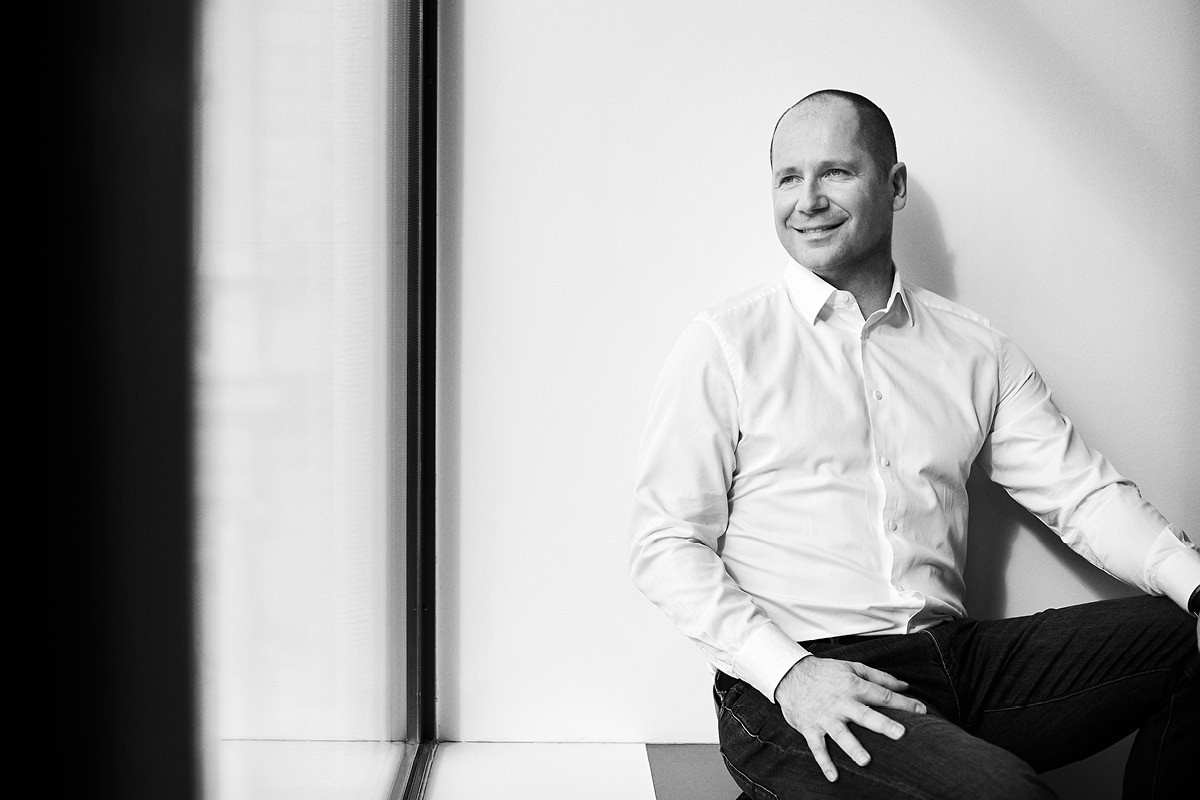
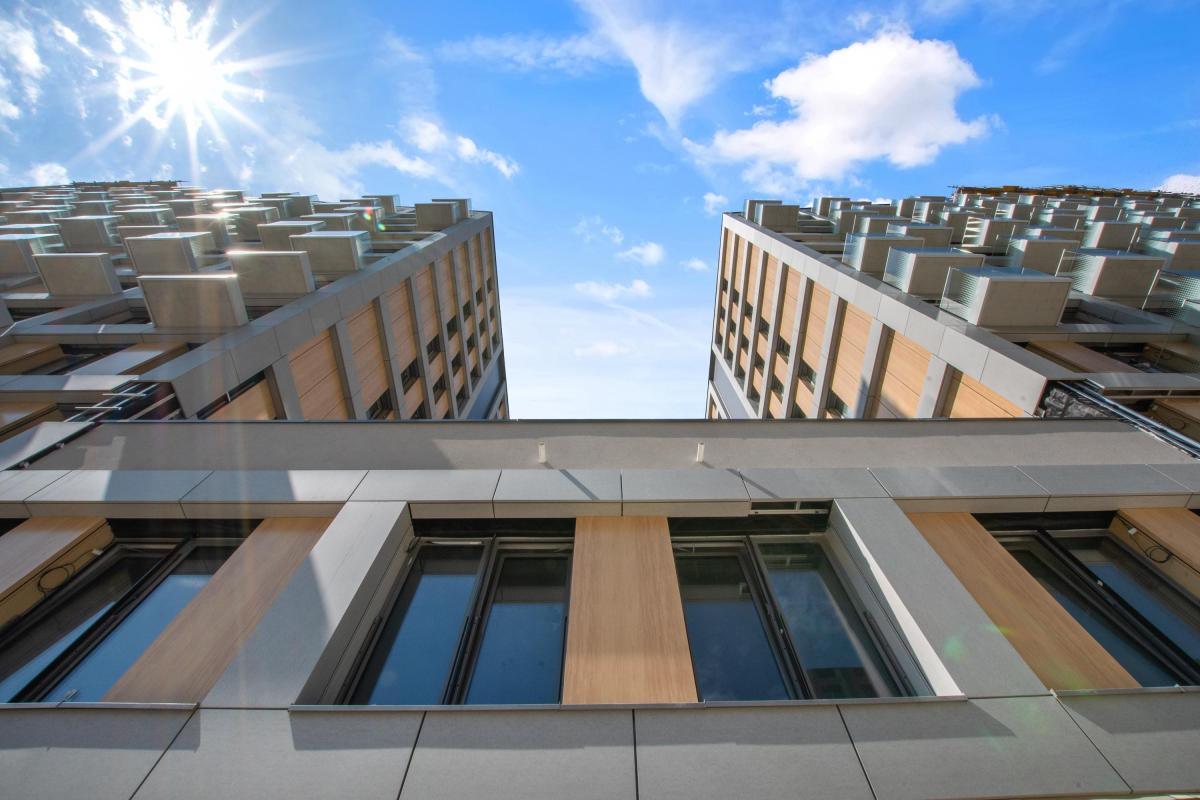 Metropolis Ventilated Façade: The Perfect Harmony of Style and Functionality
Metropolis Ventilated Façade: The Perfect Harmony of Style and Functionality
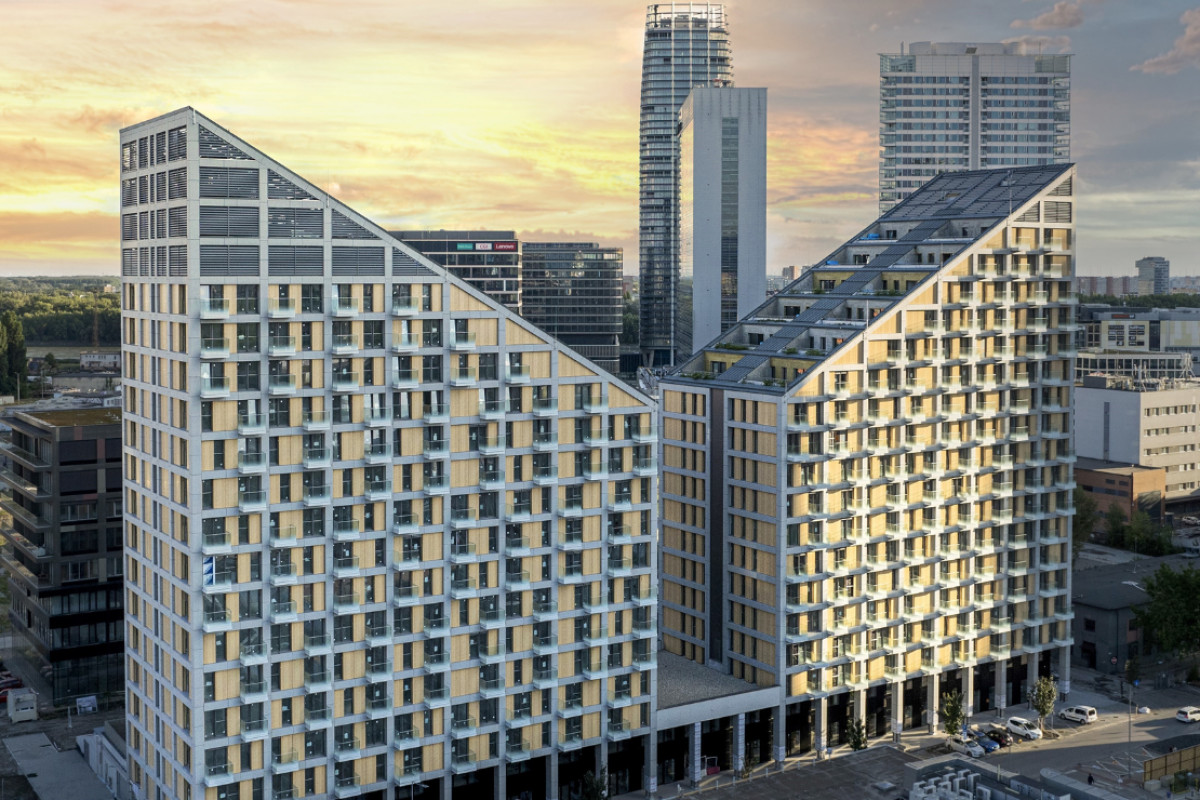 Metropolis Breaks Records: The Largest M-Shaped Building in Slovakia!
Metropolis Breaks Records: The Largest M-Shaped Building in Slovakia!
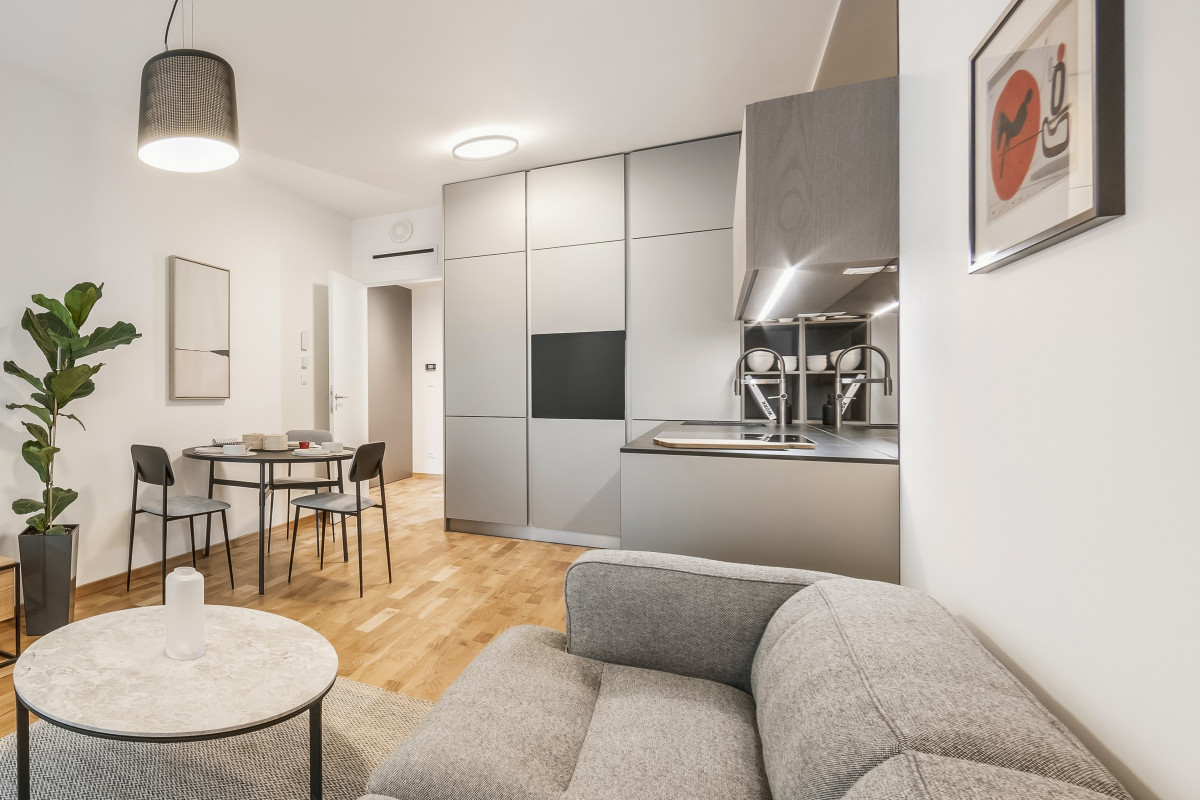 The Home of the Future: Metropolis Redefines Living in the Heart of the Capital
The Home of the Future: Metropolis Redefines Living in the Heart of the Capital
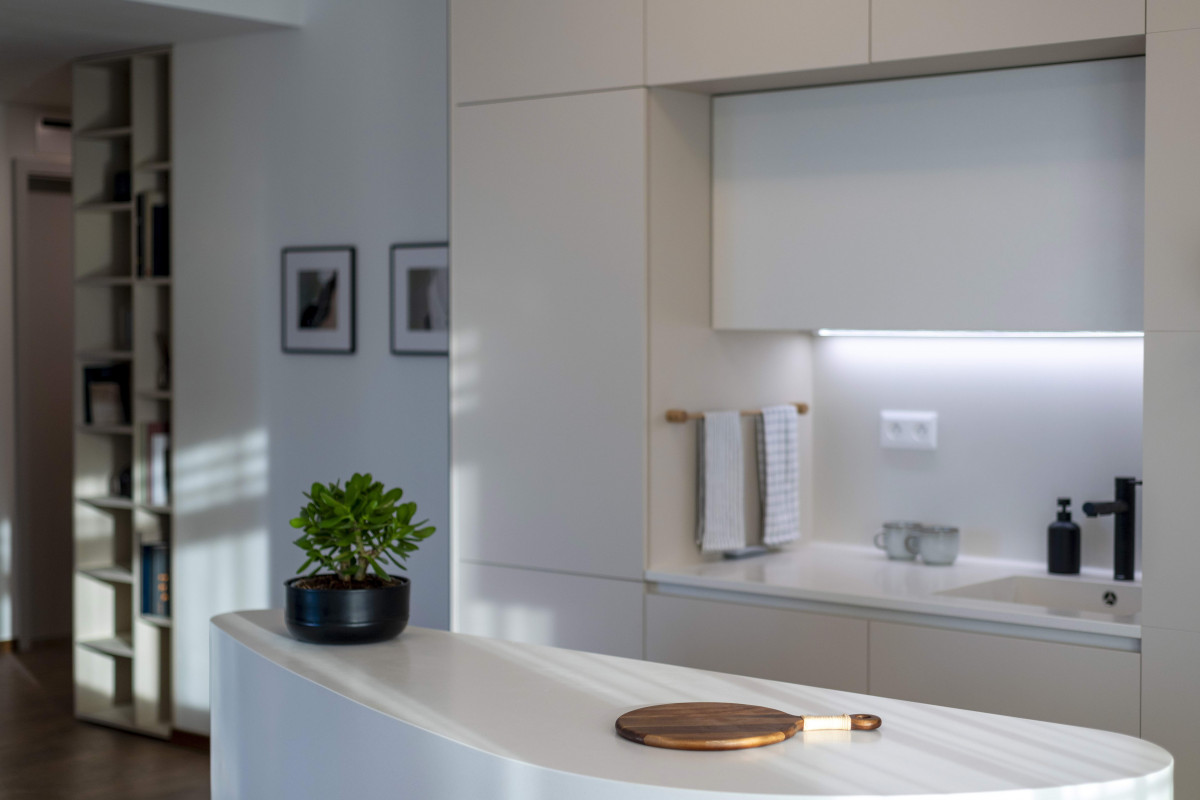 Luxury Living in the Heart of the Downtown: Metropolis is Near Completion and Shows Its First Apartments
Luxury Living in the Heart of the Downtown: Metropolis is Near Completion and Shows Its First Apartments
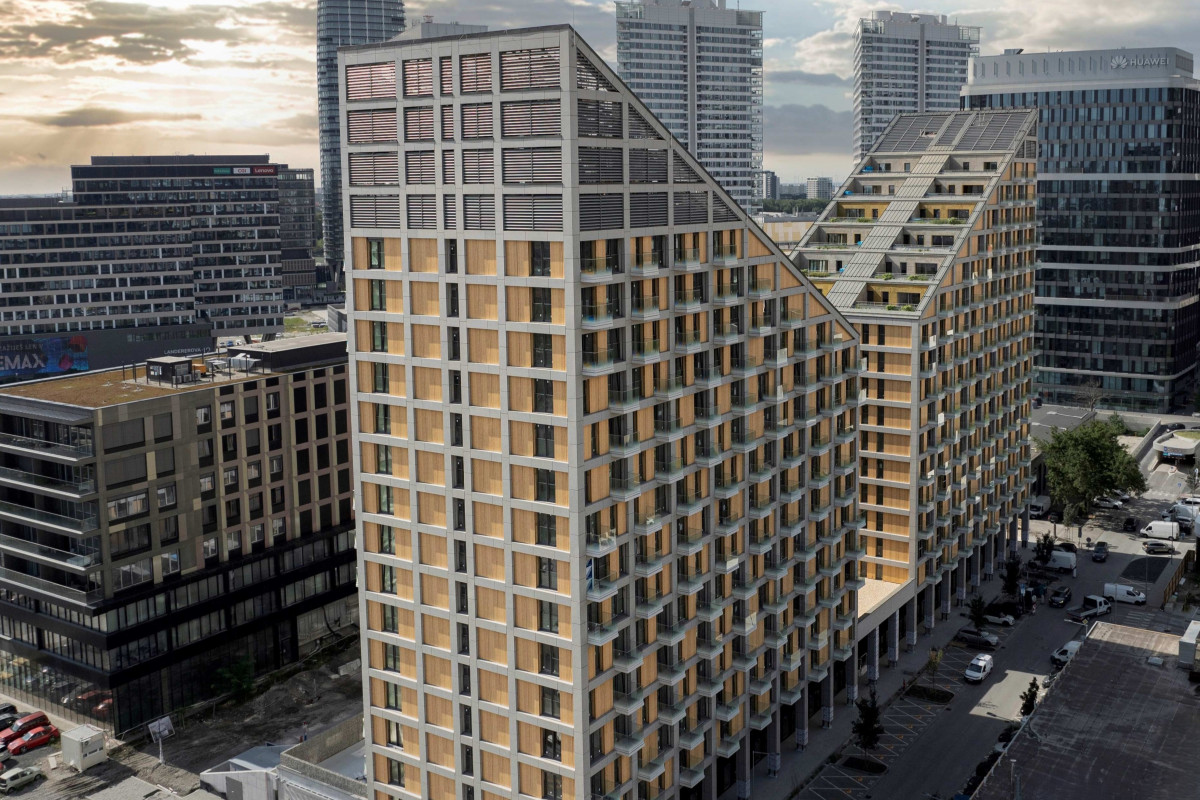 This is a lucrative Location for Your Successful Business
This is a lucrative Location for Your Successful Business
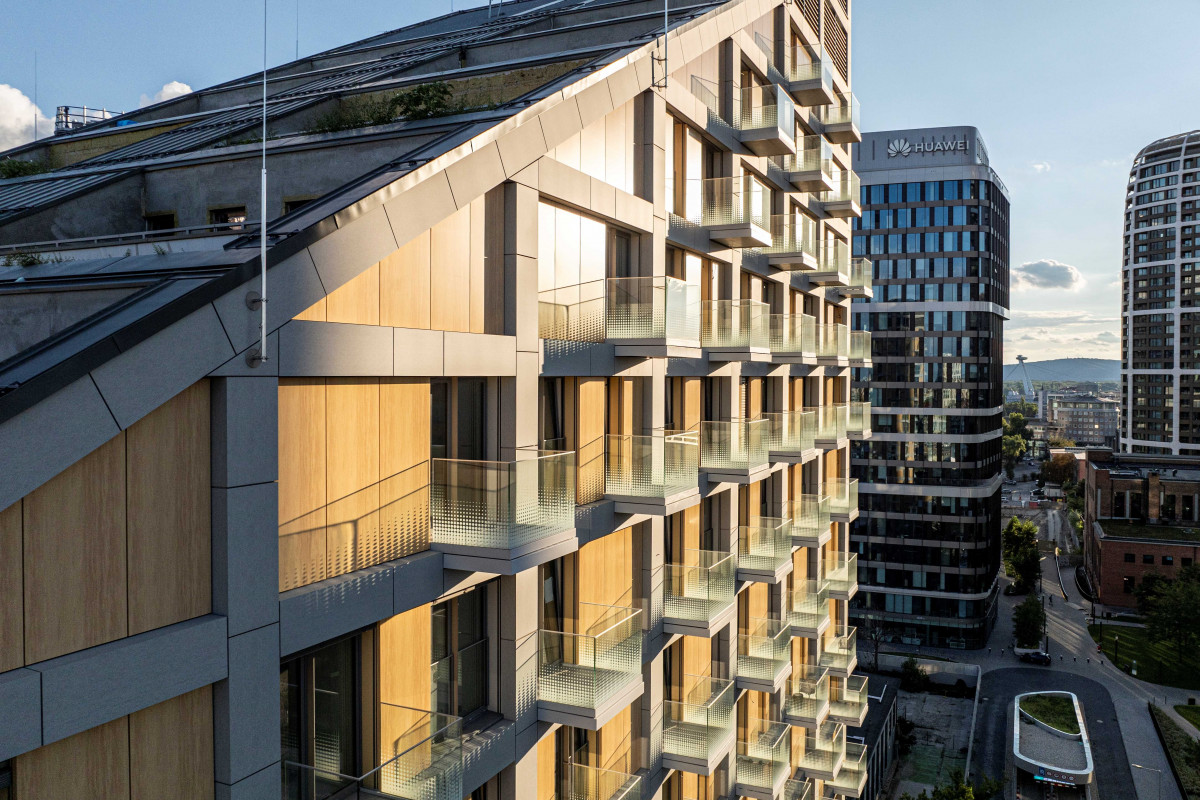 Metropolis has met the highest standards of modern urban living
Metropolis has met the highest standards of modern urban living
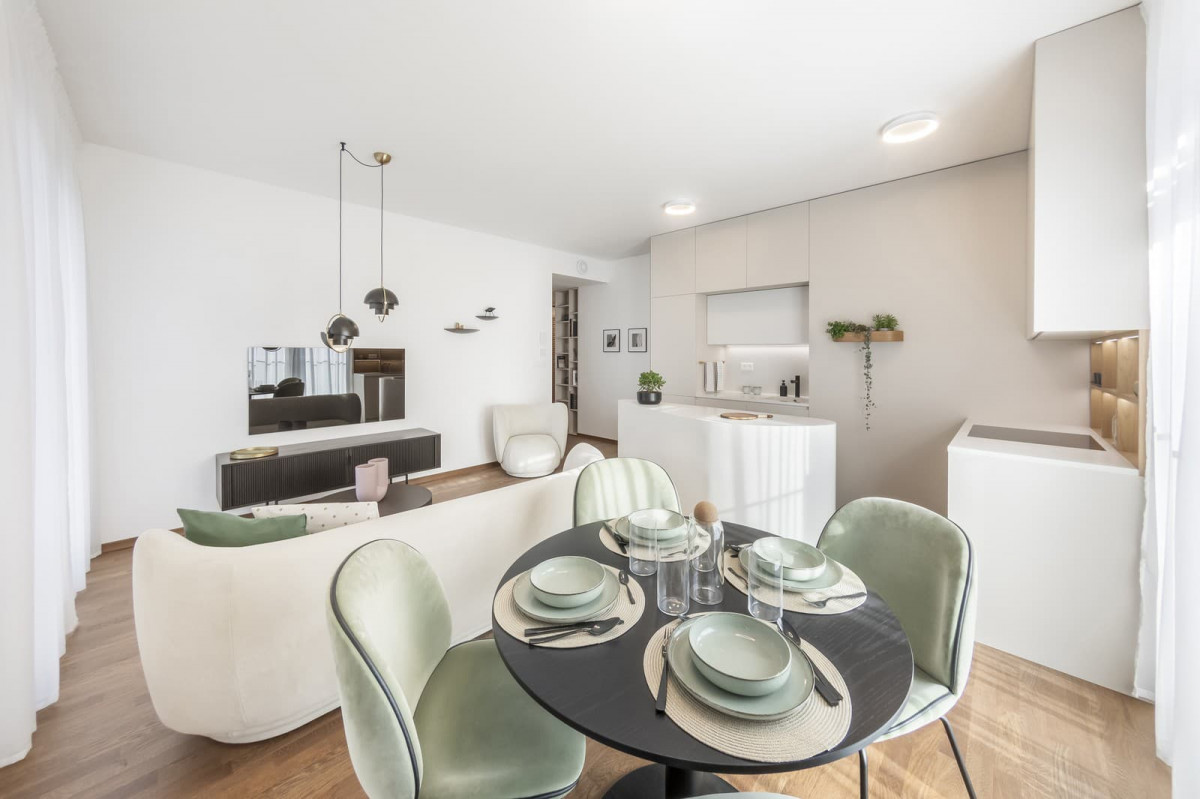 New Trend in Bratislava and Surrounding Areas: People Are Selling Houses and Moving to the New City Center
New Trend in Bratislava and Surrounding Areas: People Are Selling Houses and Moving to the New City Center
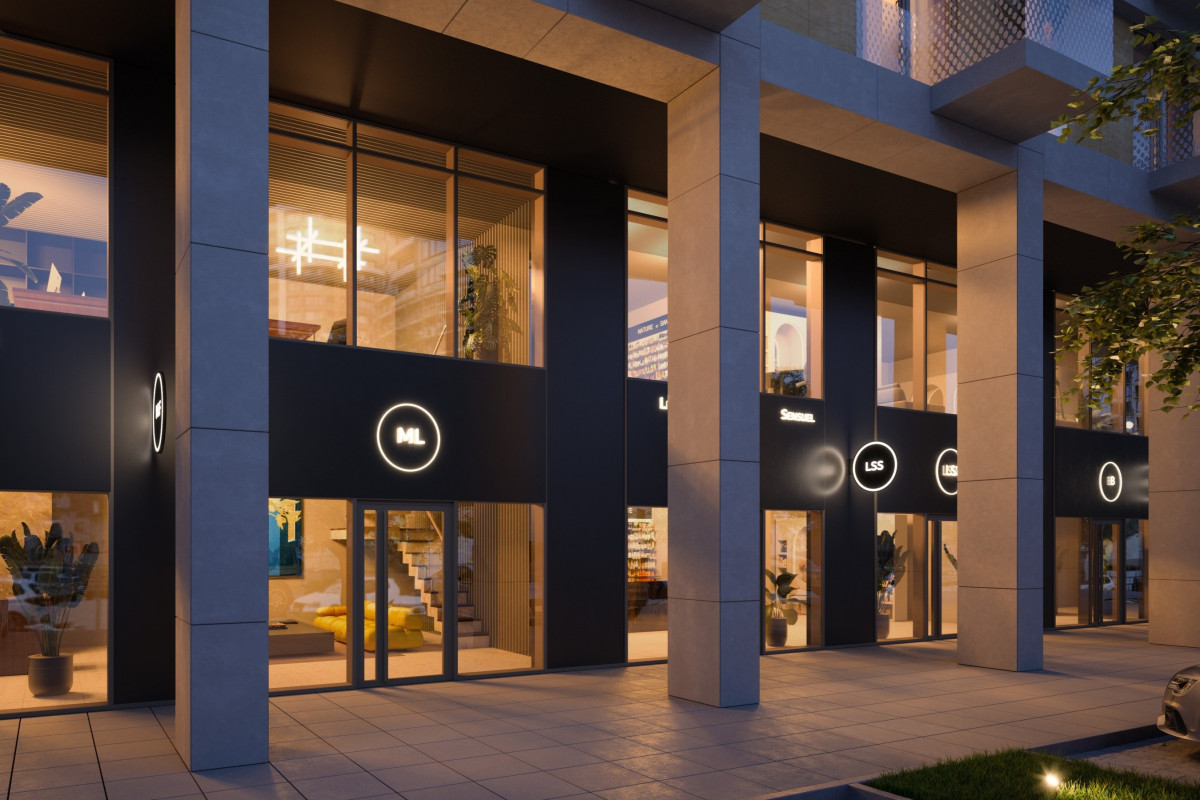 Commercial Spaces in Bratislava? Build Your Successful Business at This Address
Commercial Spaces in Bratislava? Build Your Successful Business at This Address